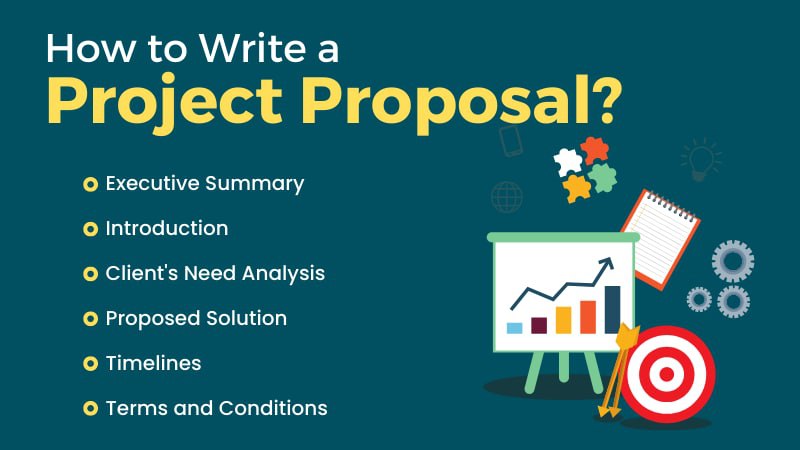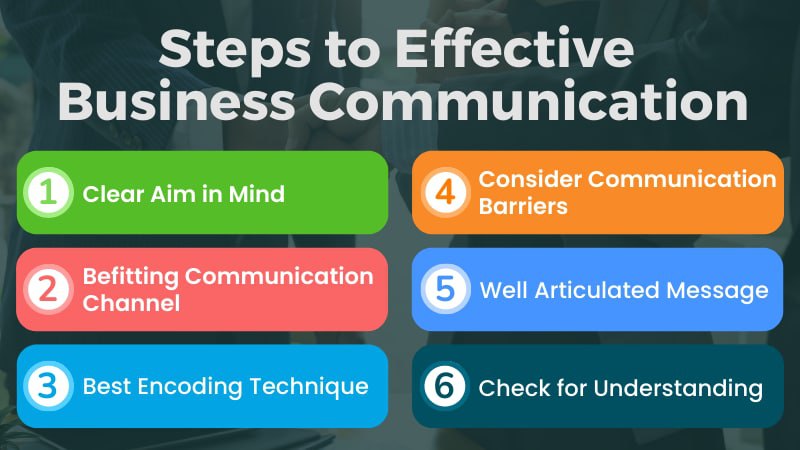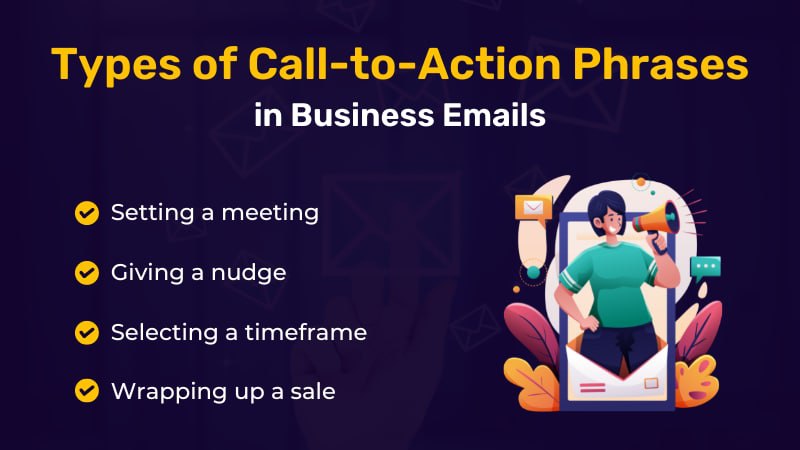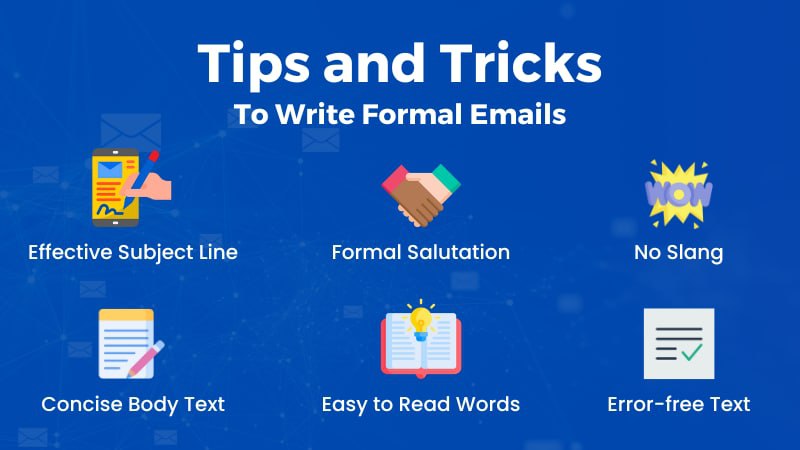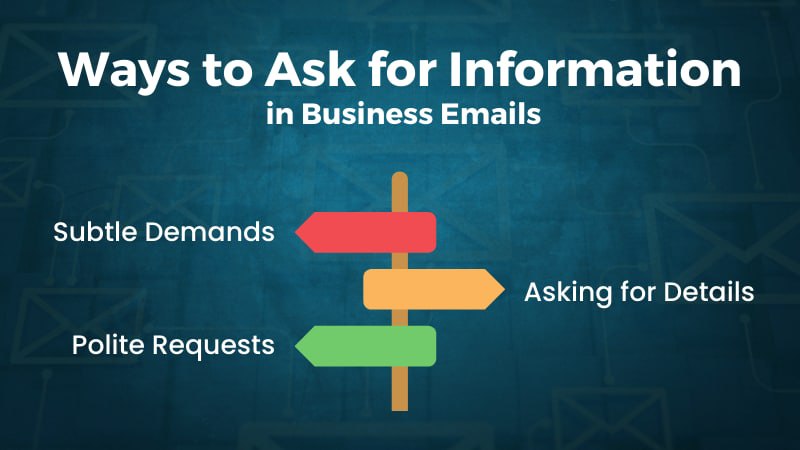How to Structure Your CV
Do you need to tailor your CV every time you apply for a job? Yes, that’s the best way to maximize your chance of getting a call for the interview. However, it’s really a troublesome and time-consuming task to tailor or edit your CV every time you apply for a job. So, what might be the solution?
Creating a good layout for your CV can make the task of tailoring your CV an easy one. Now, the question is: How to create a layout for your CV that can be used anywhere and maintain the standard? So, let’s see how you can layout your CV to use it for a long period of time.
Create the Best Layout for Your CV
How you layout your CV is really important but there is no set criteria for a perfect CV layout. Everybody in the world will always give you a different opinion on what a CV should look like. However, you should choose the layout that you think represents you the best. Let’s look into the things that you might consider organizing your CV with.
- Personal Details
- Personal Statement (Testimonials & Key Achievements)
- Work Experience
- Education, Professional Qualification and Training
- Interests, About Me, Additional Information
- References
Let’s go deep into these sections and decide what you might include in each of these sections.
Personal Details
You probably know what you have to put in this section. Besides your name, phone number, email, and address what you might consider adding to this section is your social media profile links. Your LinkedIn, Facebook, Twitter, or any website link that tells something about yourself might give the employer a chance to get to know you better. You surely don’t want to miss out that opportunity if you have a great engagement in those areas and if you’re popular. So, in this section, you might consider putting:
- Your Name
- Your Phone Number
- Your Email
- Your Address
- Your LinkedIn Profile
- Your Facebook Profile
- Personal Blog or Website
- Any Other Profile That Reflects Who You Really Are
Personal Statement
You have a very short amount of time to grab the attention of the person seeing your CV. You really cannot wish to deliver any kind of message to anybody effectively unless you got that person’s attention. Apparently, this is your platform to grab the attention of the employer and you have to do with just a few sentences. So, what you should do?
Don’t go for the samples for writing career objectives or statement. Hundreds of people use these templates/samples and those words do not make an impact. Over-generalized and over-used things do not create any impact on anyone. That is why marketing strategies change all the time. The most common samples look like:
- “An ambitious, hard-working, and motivated individual looking to secure work experience in the media sector”
- “A motivated and driven business student looking to gain employment within the finance sector.”
- “I am an experienced, dedicated and successful marketing manager”
These words might be true about yourself but they do not really create any impact on the employer anymore. So, you must try something different that might get the attention of the employer in an instance.
This is the section where you need to market yourself. For writing these few words, you must analyze the things the employer is looking for the particular position you want to apply. Definitely, you should tailor these words every time you apply for a job to get the attention of the employer. So, it must not be only about yourself; rather it should be about the value you can bring to the employer’s interests.
You might also consider going through the Strategies for Writing a CV before writing these incredibly important words. This section must be concise (not more than 100 words) and authentic (your own words).
You can add two other things in this section and these two things might work like wonder for you. They are:
1. Testimonial
2. Key Achievement
Testimonial in your CV can ensure you the job interview in an instance. However, the words of the testimonial must come from someone substantial; s/he can be your supervisor or professor. It will testify your character and your value to the employer. So, if you think that you can manage a testimony of a sentence or two, don’t miss out on that opportunity. The words must be quoted and the name and designation of the person giving the testimony must be mentioned with it. For instance,
“He is a good leader and his ability to understand people made him a successful Customer Support Manager.” - Steve Rogers, Managing Director, ABC Company.
You can put any testimonial that says something positive about you but it’s better to put the most relevant one for the job you’re applying for. However, if you’re not comfortable with adding testimonial to your CV, you can always skip it.
Key Achievement is another important feature in your personal statement. Find out your achievements that are most relevant for the job and make a list.
- List three key achievements that clearly display your character and commercial value.
- Think about what would impress the employer the most.
- Alter these achievement every time you apply for a different kind of job. Analyze the job description and pick the achievements that are relevant to the job.
Use the following adverbs and verbs to showcase your achievement and don’t forget to put the numbers that reflect your achievements:
|
Adverb |
Verb and Outcome |
|
Significantly |
advanced the final stages of the project which resulted in early completion 2 weeks ahead of target. |
|
Reliably |
informed customers of changes to products that resulted in 20% growth in sales across the xyz department. |
|
Diligently |
organized the department training day. Feedback was given which signified the event had impacted positively on employee morale. |
|
Consistently |
met and exceeded targets set. This year I have accomplished a 12.4% increase on previous year sales. |
Work Experience
If you have a relevant and considerable work experience for a particular job, you must put it before your educational qualifications. However, if you don’t have a relevant experience for the job you’re applying for, it’s better to put it after your educational qualifications.
However, when you have more than 5 years of job experience in any sector, you should always put this section before education section. If you have more than one or two experiences in different types of job, put the most recent one first in a chronological order. It’s really important that you put your experiences in chronological order when you have had more than one job. It makes the employer’s work easy and s/he will feel comfortable going through your CV.
Let’s see a sample for how you might list your experiences:

Note 1:
Regarding the name of your previous job position, you should pick the name that the employer is looking for. I am not telling you to lie. I am telling you to pick the name of the position you held in your last jobs on your own to make it look compatible with the new position you are applying for.
Here are some other tips for you write about your job experiences:
- Use bullet points rather than script format, it’s easier for the recruiter to scan the document.
- Begin each description with ‘doing works’. For instance, instead of “I was responsible for…” use “Responsible for…”
- Start with your most recent job first but if you have a particular job experience and you’re applying for that job, you should put that before all other experiences. For example: if you want to work in HR:
- First have a work experience section highlighting HR-Related work experience.
- Follow with a section showing OTHER work experience.
Note 2:
Some other things are worth mentioning in your CV. They are career breaks & temporary/contract positions.
Career Breaks
- Be sure mention any career breaks within the timeline of your CV
- Add a sentence explaining what you were doing, or briefly mention it in your cover letter.
- Mention any training courses / skills developed during this time.
Temporary/Contract Positions
- Put the dates of temp/contract positions on your CV.
- Highlight which positions were temp/contracted roles.
- Make sure it is clear to the employer/recruiter.
- No need to go into too much detail.
Education, Professional Qualification, and Further Training
Here are the instructions:
- Start with the most recent qualifications first
- Include both professional and academic qualifications
- Include the trainings that are relevant for the job
- You don’t need to include your O-level but you can if you want to
- Important: include the results of any standardized tests (GMAT, GRE, IELTS, TOEFL) You may also include the grades of your principle courses if you want.
See the sample:
When you’re a fresh graduate, you might consider the following techniques to implement in your CV layout:
- If you have a variety of internships in an industry, make a section entitled Professional Work Experience and put the details as shown in the job experience section.
- If you have undertaken volunteering projects, have a section entitled Volunteering Experience and try to build up a connection with the job you’re applying for.
- If you have had different roles with responsibility, make a separate section entitled Positions of Responsibility and briefly explain the roles.
Interests, About Me, Additional Information
You might guess that employers do not have time to read or care about your interests. They care about their interest and that is profit. So, how your interests or hobbies are relevant in your CV. Yes, they are if you can make them look like that they create value to your skills. Here’s some tips for you to put your interests/hobbies in your CV:
- Make sure you bring it back to the role you are applying for.
- Understand the attributes the employer is looking for.
- Reconcile them against the personal attributes you possess and showcase what is relevant.
- Don’t just tell that you have run in 3 marathons; tell why? And how might this interests help the employer’s cause.
In the part of Additional Information, add the things that you think is unique about or the things you want to put in your CV. However, make sure that it is not offensive or irrelevant.
References
- If you have already added one or two testimonials in your CV, you might not need this section at all. However, it’s still necessary to put the contact address of that person giving you testimonials.
- If you have not been able to manage a testimonial from someone substantial, you must add the references in your CV. The referee can be your professor or supervisor from your previous job.
- Be sure to inform or take permission from the person you wish to be your referee.
Grammar
Read More
- How to Use "Therefore" in Sentences Avoiding Common Mistakes
- How to Use "Whereas" with Examples and Avoid Common Mistakes
- When and How to Use "Thus" Correctly Without Common Mistakes
- How to Use "On the Contrary" Properly with Meaning and Examples
- When and How to Use "Either/Or" with Examples and Common Mistakes to Avoid
- How to Use "On the Other Hand" Effectively without Mistakes
- How to Use "Respectively" with Example and Common Errors to Avoid
- How and When to Use "Moreover" Without Mistakes
- How to Use "Likewise" in Sentences Based on Context & When not to Use
- When & How to Use "Although" in Sentences to Avoid Mistake


